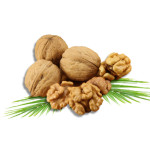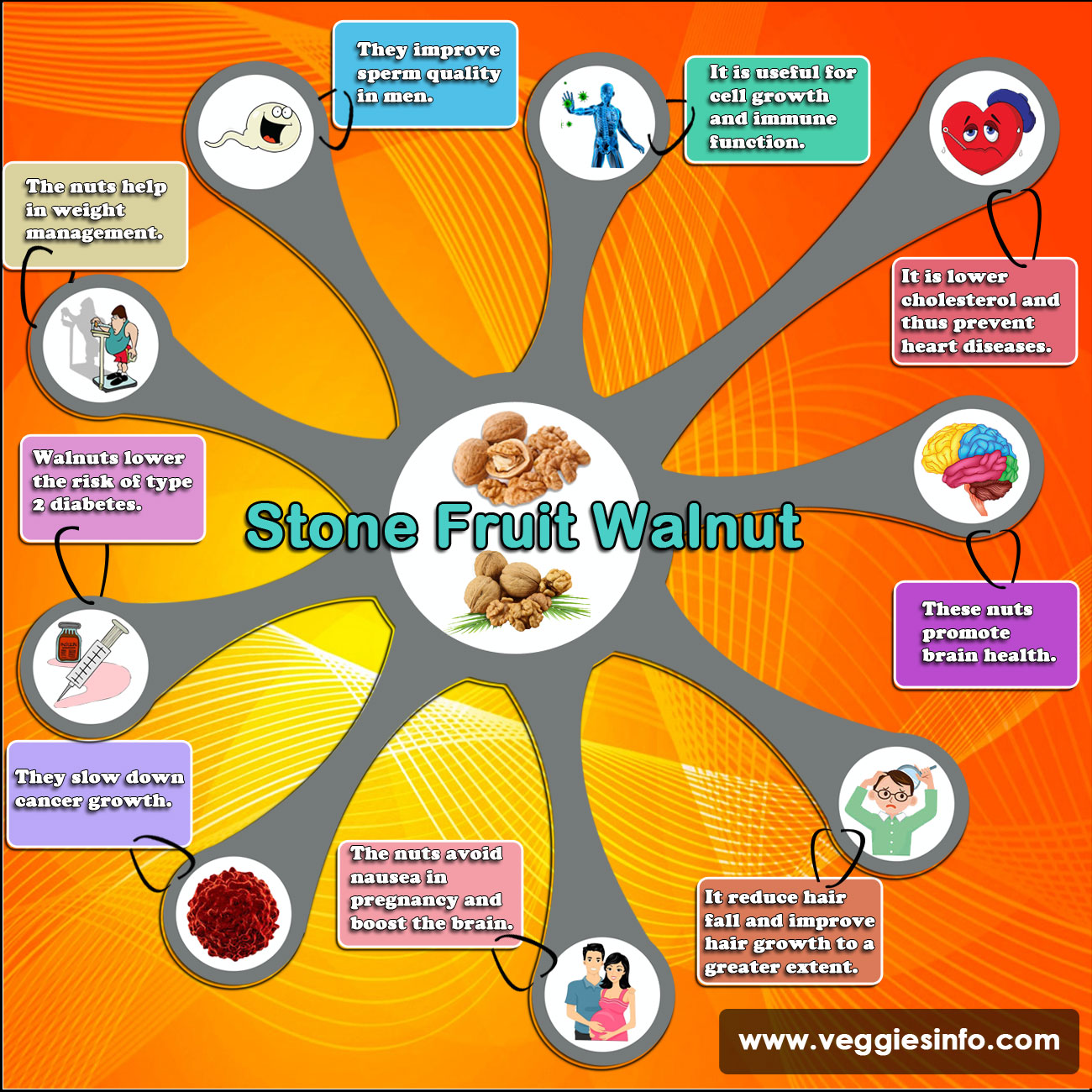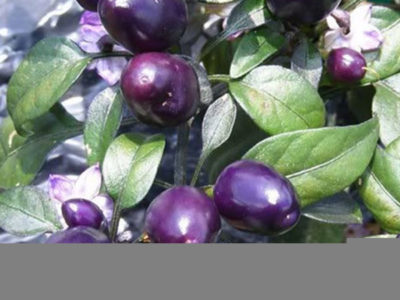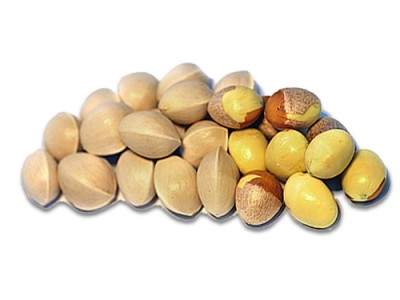
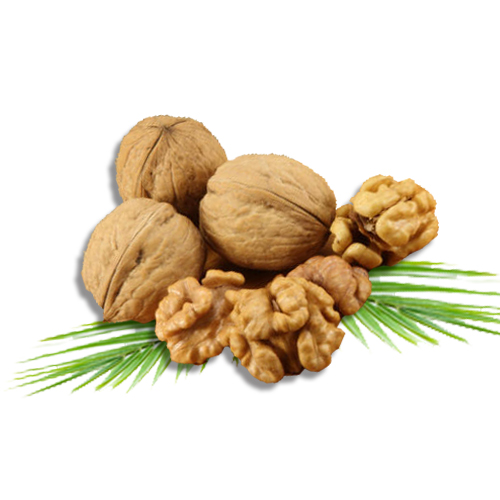
Stone Fruit Walnut Uses and Health Benefits
Walnut
Walnut is the nut of the tree of the genus Juglans in the Juglandaceae family. A walnut is technically a drupaceous nut and is not a botanical nut thus. Processing of walnuts is been done when they are green to be used for food as pickles or as nut meat after it’s fully ripe. The walnuts are rich in nutrients with a lot of proteins and essential fatty acids incorporated.
The nuts have been revered since ancient times as symbols of intellectuality, as their bi-lobed kernels have convoluted surface inside the shell resembling as that of the human brain. The nuts are enriched especially with omega-3 fatty acids that are necessary for optimum health.Walnuts are stone fruits that are round in shape with single seed. Following complete ripening, the removal of the husk reveals the wrinkly shell that is usually found in 2 segments commercially.
[tribulant_slideshow gallery_id="113"]
The shell encloses the kernel or meat. The seed kernels that are commonly available as shelled walnuts are enclosed in a brown seed coat that contains antioxidants. These antioxidants safeguard the oil-rich seed from atmospheric oxygen and thus prevent rancidity.
Storage and food use
Like other nuts, walnuts must be processed and stored properly. Failing to a good storage method, the walnuts become susceptible to insect and fungal mold infestations. Fungal mold produces aflatoxin which is a potential carcinogen. Walnuts are to be stored in low temperature and humidity for industrial and home storage. High temperature and humidity can lead to rapid and high spoilage losses. High temperature may even lead to aflatoxin production.
Walnut meats can be as large as halves or any smaller portions that may happen during processing, candied or as an ingredient in other food items. Whole fruit walnuts can be pickled and can be savory or sweet depending on the preserving solution. One can purchase raw and roasted forms of walnut butters or purchase it. All walnuts can be eaten raw, roasted or pickled, or they can also be consumed as part of a mix such as muesli, or as a content of a dish. Three examples of walnuts are walnut whip, coffee and walnut cake. Salad dressings have sometimes walnut oil used in them.
Uses
Medicinal:
Black walnut acts as a potential cure for cancer. They remove the parasites causing cancer from the intestine.
Inks and dyes:
An ink is made out of the husk of black walnut. It also is used to make a brown dye for fabrics.
Cleaning:
As walnuts are inexpensive and non-abrasive, the U.S. Army used ground walnut shells for the cleaning of aviation parts.
Nutritional value and health benefits:
Walnuts are nutrient-rich food. 100 g of walnuts contain 15.2 g of protein, 65.2 g of fats and 6.7 g of dietary fiber. In a serving of 100 g, walnuts provide 654 calories and rich matter of many dietary minerals, especially manganese and B vitamins. Walnuts have the following health benefits:
- Walnuts are filled with Omega 3 and Omega 6 which are 2 essential fatty acids required by our body for cell growth, immune function, blood clotting and disease prevention. Our body can not produce these acids by its own.
- Walnuts lower cholesterol and thus prevent heart diseases.
- These nuts promote brain health.
- Walnuts strengthen hairs, reduce hair fall and improve hair growth to a greater extent.
- The nuts avoid nausea in pregnancy and boost the brain development of the child in the womb.
- They slow down cancer growth.
- Walnuts lower the risk of type 2 diabetes.
- The nuts help in weight management.
- They improve sperm quality in men.

